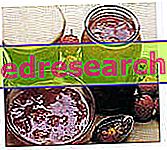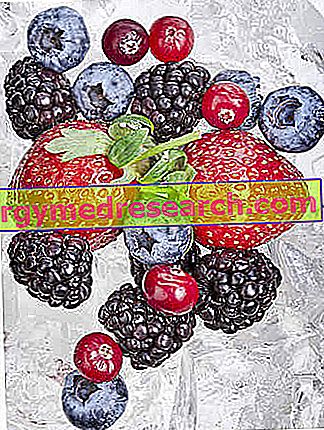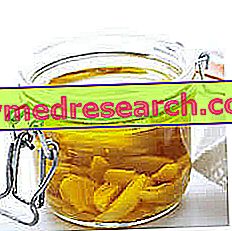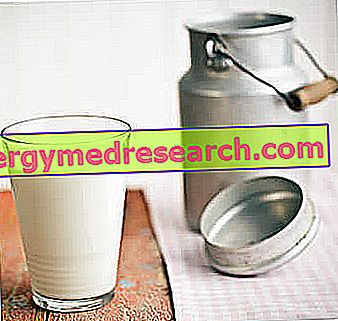Sugar: a natural preservative The jam is a food product obtained by cooking the fruit pulp added with sugar; the subsequent cooling gives rise to a homogeneous mass similar to a jelly, which takes on a variable consistency depending on the production methods adopted (possible addition of gelling agents)
Category food preservation
Storage Times of Frozen Foods Most of the foods, whether raw or cooked, can be frozen without them suffering large nutritional and organoleptic losses. Some foods, such as lean meat, are particularly suitable for storage at low temperatures, others need special care instead. The factors that mostly affect the shelf life of frozen foods include above all the percentage of fat and water
Sugar: a natural preservative The jam is a food product obtained by cooking the fruit pulp added with sugar; the subsequent cooling gives rise to a homogeneous mass similar to a jelly, which takes on a variable consistency depending on the production methods adopted (possible addition of gelling agents)
Well found in the kitchen of My-personaltrainerTv. Today we will be dealing with a rather thorny theme, often unfortunately underestimated: the preservation in oil of food. Considering the delicacy of the subject, I decided to give you some very important theoretical and basic notions, to understand together what are the possible risks and dangers related to the consumption of inadequately prepared preserves in oil
Definition and Examples of Lantibiotics The term lantibiotics means antibacterial substances synthesized by particular lactic bacteria. These microorganisms produce antibiotics to prevent pathogens from settling in the same environment and to subtract their nourishment. In the past, broad-spectrum antibiotics have been studied and researched, therefore active towards all bacterial species
What is rancidity The rancidity is a natural process of chemical decomposition which fats, oils and other lipids face. In the food field it is an undesirable phenomenon, which leads to a decay of the organoleptic characteristics and represents a potential danger for the consumer's health. Causes The rancidity can occur by oxidation, by hydrolysis or both
Lysozyme is a substance of protein nature present in biological secretions (saliva, tears, spermatic secretions, nasal mucus, milk etc.) and in eggs (the albumen contains large quantities). This enzyme discovered in 1922 by Fleming, carries out an interesting antimicrobial action, thanks to the ability to hydrolyse the peptidoglycans that make up the bacterial wall (the word lysozyme derives from the Greek: lyso = which size and zimo = enzyme)
Nisin is a bacteriocin produced by Lactococcus Lactis , subspecies lactis and cremoris strains. Bacteriocins are proteic substances synthesized by some bacteria with the aim of hindering the growth of other microorganisms in the same environment. In particular, nisin is active against positive GRAMs (streptococci, bacilli and clostridia), while it has no activity against negative GRAMs
What is pasteurization? Pasteurization is a heat treatment designed to increase the storage time of some foods. Exploiting the bactericidal action of heat it is able to deactivate enzymes and to destroy most of the microorganisms present in the food, even if some forms still manage to survive. Created around 1860 by the French chemist and biologist Louis Pasteur, pasteurization is carried out at temperatures too low to devitalize thermophilic microorganisms and spores
What polyphosphates are used for and in which foods are found In the food industry, polyphosphates are used as thickening agents, capable of improving the appearance and consistency of many products such as melted cheeses and preserved meats. In cooked ham and cooked shoulder, in particular, they enhance the softness of the meat by increasing the percentage of retained water







